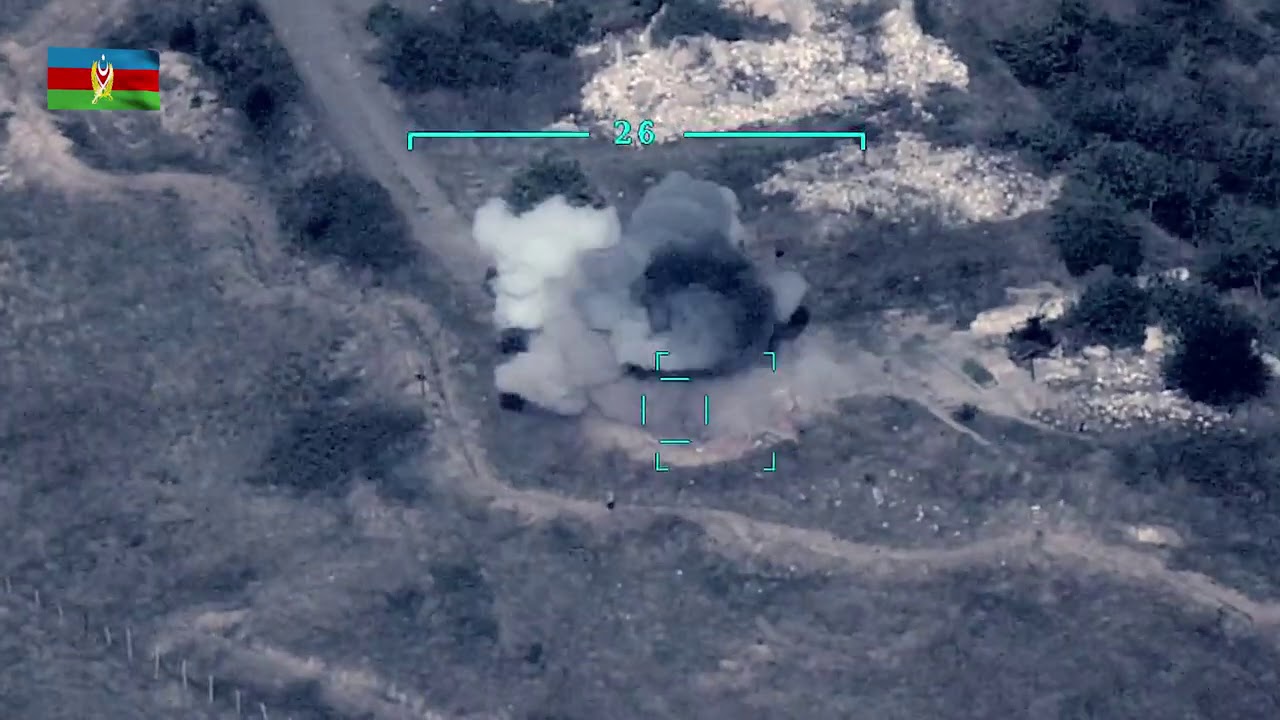This content is restricted to site members. If you are an existing user, please log in. New users may register below.
Operational Considerations for the Bangladesh Army: Adapting Azerbaijani Use of the TRG-300 GMLRS and TB2 UCAVs

Reading Time: 2 minutes The conduct of the 2020 Nagorno-Karabakh conflict provides a pertinent case study in the integrated employment of long-range precision fires and unmanned aerial systems (UAS). Azerbaijan’s coordinated use of the TRG-300 Kaplan guided multiple launch rocket system (GMLRS), manufactured by Roketsan, in conjunction with the Bayraktar TB2 unmanned combat aerial vehicle (UCAV), offers significant lessons for the Bangladesh Army (BA), particularly in the context of its ongoing modernisation efforts under Forces Goal 2030. 1. Operational Integration of Fire and Surveillance Assets Azerbaijan demonstrated the effectiveness of a sensor-to-shooter architecture wherein TB2s provided persistent intelligence, surveillance, and reconnaissance (ISR), followed by rapid engagement of targets via the TRG-300 GMLRS. This approach yielded several tactical and operational advantages: Rapid target acquisition and engagement: TB2s identified and tracked enemy assets—air defence systems, logistics nodes, and fielded forces—with precision. Coordinates were relayed in near real-time to ground-based rocket artillery units.

